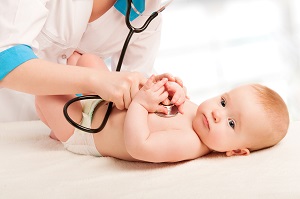A new genetic test could save hundreds of people from blindness. Researchers from the Berghofer Medical Research Institute and Flinders University have identified 107 genes linked to the risk of glaucoma. Starting with this discovery, they developed a way to identify patients who are most at risk of going blind.
To date, glaucoma is the leading cause of irreversible blindness in the world. To find out the causes, the study authors started from the genome of tens of thousands of people around the world, healthy and sick. Once genes were analyzed, they identified those related to the development of the disease. In this way, they were able to develop a genetic test to measure the risk of getting sick.
The test is still in the experimental phase: researchers are looking for 20,000 volunteers to carry out the research. If all goes well, the test will allow you to measure the risk of getting glaucoma. In addition, it will help to make an estimate of the possible severity of the disease, in order to identify the subjects who are most likely to lose their sight.
Will the test heal those who are already blind? To tell the truth, no: for the moment, there is no resolutive therapy for glaucoma. However, doctors can slow down or stop the progression of the disease, at least in most cases. Often the loss of vision is linked to a late diagnosis, which makes it impossible to intervene in time. The test in question could reduce such cases, giving a diagnosis to 50% of people with glaucoma who do not yet know they are.
Source: flinders.edu.au
Add a comment





